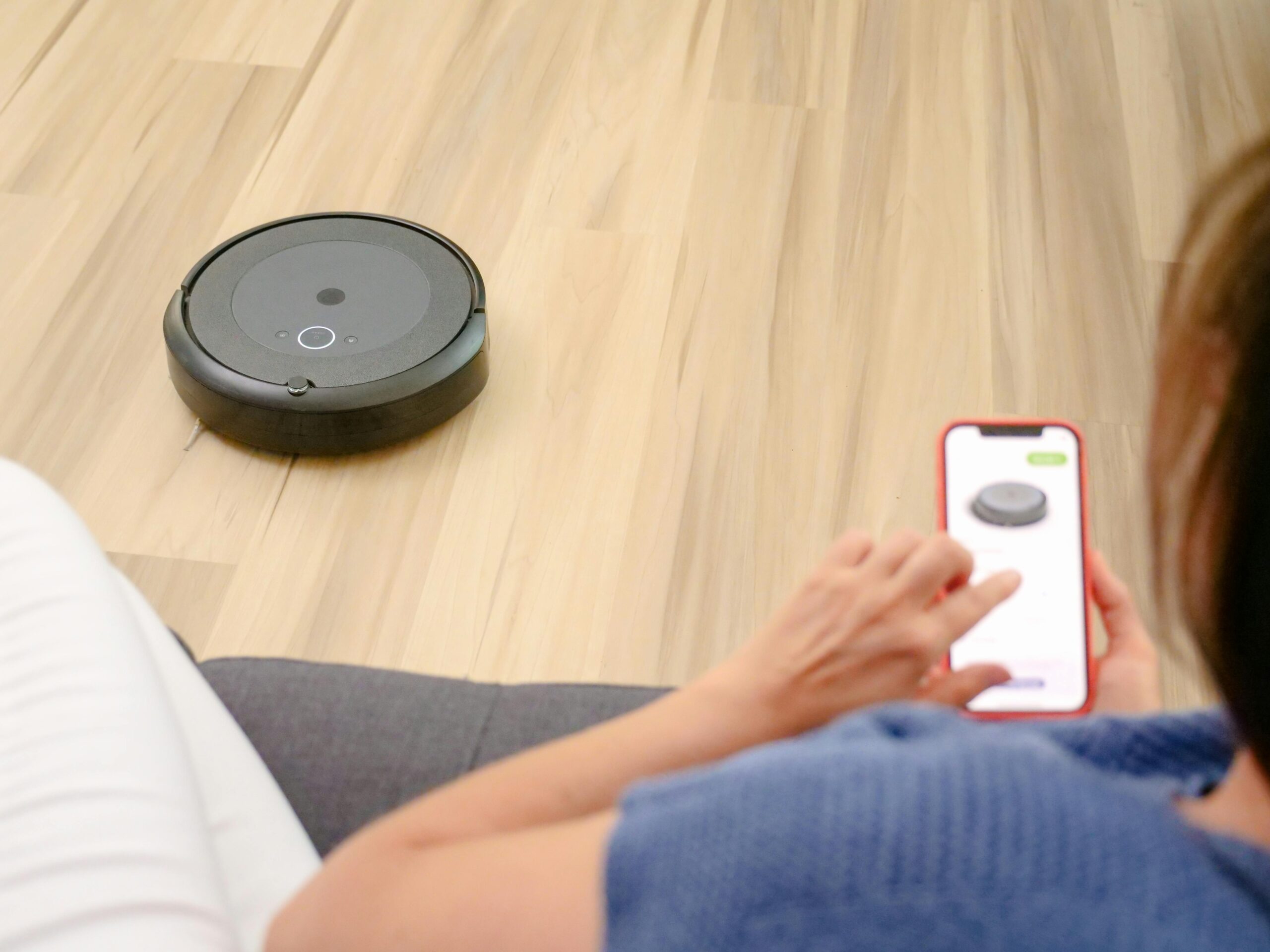Hardwood floors add warmth, beauty, and value to any home, but they require proper care to maintain their lustrous appearance over time. Whether you have recently installed new hardwood flooring or are looking to revitalize your existing wood surfaces, understanding the right cleaning techniques and maintenance practices is essential. This comprehensive guide will walk you through effective methods to clean hardwood floors, recommend the best hardwood floor cleaners for different situations, and provide expert advice on how to protect your investment for decades to come.
Understanding Your Hardwood Floor Type
Before you begin to clean hardwood floors, it’s important to identify what type of finish your floor has, as this determines the appropriate cleaning methods. Most modern hardwood floors have a polyurethane, urethane, or polyacrylic finish that creates a protective seal. Older homes might have shellacked, lacquered, varnished, or waxed floors that require different care. Check your flooring documentation or consult with a professional from AskHomey if you’re unsure about your floor’s finish type. Understanding your specific flooring will help you select the best hardwood floor cleaner and avoid potential damage from inappropriate products.
Daily Cleaning Essentials
Developing a regular cleaning routine is the foundation of proper hardwood floor maintenance. Start by removing loose dirt and debris daily with a soft-bristled broom or microfiber dust mop. This prevents scratches that can occur when particles are ground into the floor surface during foot traffic. For areas with higher traffic, consider sweeping twice daily to maintain wood floors in optimal condition.
Vacuum cleaners can also be effective tools to clean hardwood floors, but it’s crucial to use models specifically designed for hardwood. Ensure the vacuum has a floor-brush attachment and avoid using rotating brushes or beater bars that can scratch the finish. The suction function works well for removing dust from corners and between boards where brooms might not reach effectively.
Deep Cleaning Techniques
Even with regular sweeping and dusting, hardwood floors require occasional deeper cleaning to remove grime that builds up over time. When mopping, it’s essential to use a damp (not wet) mop and the best hardwood floor cleaner formulated for your specific floor finish. Excess water is the enemy of wood flooring as it can seep between boards, causing swelling, warping, and discoloration.
For regular deep cleaning, dampen a microfiber mop with a solution of warm water and a pH-neutral, non-abrasive cleaner designed for hardwood. Work in small sections, immediately drying each area with a clean, dry towel after mopping. Avoid common household cleaners like vinegar, ammonia, or all-purpose products that can dull the finish and potentially damage your floors over time.
Addressing Stains and Scratches
Despite your best efforts to maintain wood floors, accidents happen. For water spots, rub the area with a clean, slightly damp cloth followed by a dry one. Heel marks often respond well to gentle rubbing with a soft cloth and a bit of wood floor cleaner. For food stains, wipe with a slightly damp cloth and a minimal amount of appropriate cleaner, then dry thoroughly.
Minor scratches in the protective finish can sometimes be addressed using scratch-repair kits designed to protect hardwood finish. For deeper damage or widespread wear, professional refinishing may be necessary to restore your floor’s appearance. Early intervention with minor issues prevents them from becoming major problems that require costly repairs.
Preventative Measures for Long-Term Protection
The most effective way to maintain the beauty of your hardwood floors is to prevent damage before it occurs. Place high-quality floor mats at all exterior doors to trap dirt, grit, and moisture before they reach your wood floors. Consider implementing a “no shoes” policy, especially for high heels or cleats that can dent and scratch the surface.
To further protect hardwood finish, attach felt pads to the bottoms of furniture legs and replace them regularly as they collect debris. When moving heavy furniture, always lift rather than drag to prevent scratching. Be mindful of pet nails, which should be kept trimmed to minimize potential damage to your flooring.
Apply furniture-grade floor protectors under heavy items and use area rugs in high-traffic zones, ensuring they have non-slip pads that won’t discolor the floor. Remember to periodically move rugs to allow even exposure to light, preventing uneven fading or discoloration of your wood floors over time.
Seasonal Maintenance Considerations
Maintaining optimal humidity levels is critical to preserve hardwood floors. Wood naturally expands in humid conditions and contracts when dry, which can lead to warping or gaps between boards. During winter, when heating systems can dry the air, use a humidifier to maintain 30-50% relative humidity. In summer months, air conditioning helps control excessive humidity that could cause swelling.
Reapply a fresh coat of finish every few years to maintain your floor’s protective layer. This does not require complete refinishing but serves as a maintenance coat to refresh the protective barrier and extend the life of your flooring investment.
For more tips and to connect with reliable home service professionals, follow AskHomey on Facebook and Instagram.



